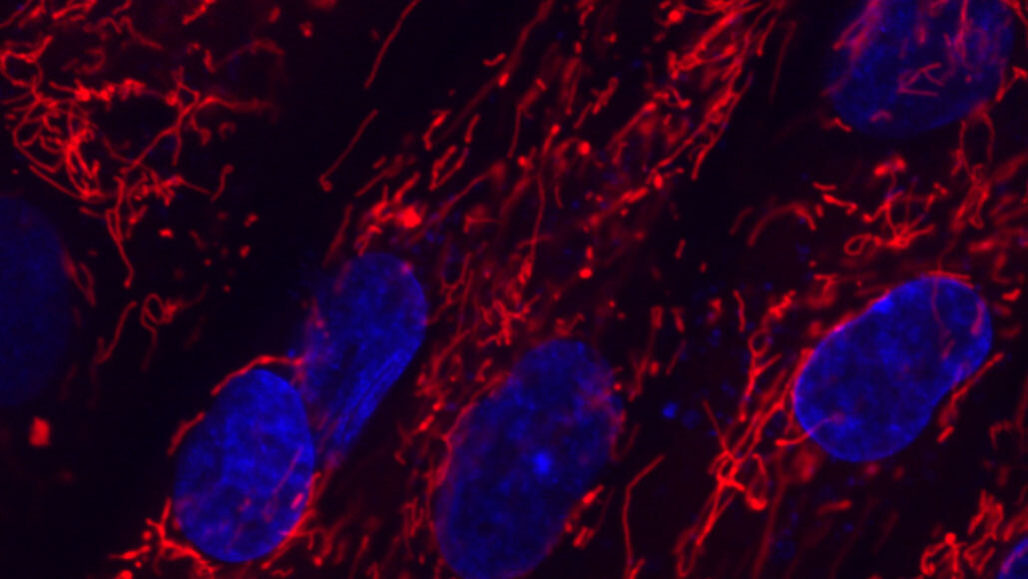
Mutations that occur in the mitochondria can effect humans in what seems like count less ways. With over 150 distinct syndromes that effect approximately 4000 children every year in the US alone. Scientist have been trying to find cures. There many possible solution such as the three-parent baby which takes healthy mitochondria from a women and give them to the child of a separate women which cares the child. Another method is the further development of Crisper/Cas9 which cuts DNA at specific places. However, these methods are either dangerous or not very accurate for mitochondrial mutations. Nevertheless, a protein that is secreted by bacteria to kill off microbes may be the answer. This toxin is called a base editor. Meaning that if prepared and handled correctly it could replace the bases in a persons mitochondrial DNA and therefore fix the mutations. This toxin secreted by the Burkholderia cenocepacia was originally used by the bacteria to kill of invading microbes but thanks to Marcos de Moraes a microbiologist at the University of Washington the toxin could be the next step in fixing mitochondrial mutations. This is done by splitting the toxin in halves at the cellular level and combining it with TALE proteins. The TALE proteins are used to guide the halves to the location that needs fixing then once they find it the halves are combine and the toxin can replace the cytosine base with a thymine base fixing the mutation. The percentage of success is anywhere from 5 to 49 percent. With more testing hopefully this can become more accurate used more often.
Second Link: https://www.nature.com/articles/s41586-020-2477-4
No comments:
Post a Comment